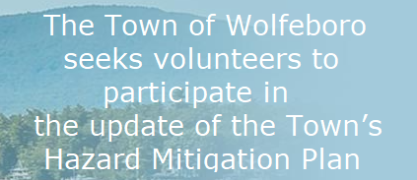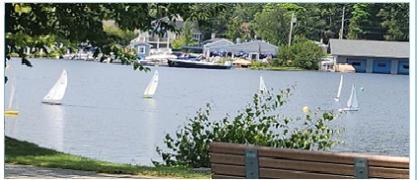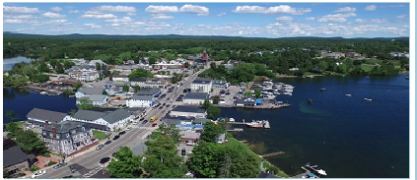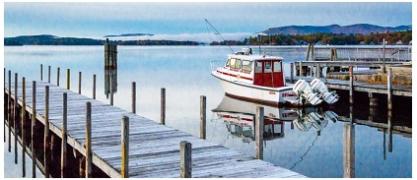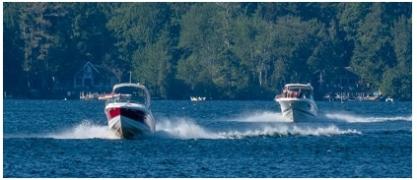What Promotes Growth of Cyanobacteria?
Cyanobacteria are natural components of water bodies, world-wide, but blooms of them may form:
∙ often in warmer waters,
∙ when waters are relatively calm, and
∙ with sufficient concentrations of nutrients
High quality waters support a wide array of native plants, animals, and microorganisms living in and around the lakes. However, as concentrations of (non-toxic) nutrients increase (e.g. of phosphorous, nitrogen, and iron), waters go through an aging process characterized by major growth of plants, algae, and cyanobacteria. This process of transforming from lake to pond, pond to marsh, marsh to meadow, and meadow to dry land is called eutrophication. Eutrophication is a natural process that typically takes thousands of years. However, human activities that result in increased concentrations of nutrients in the waters can cause the process to advance rapidly (years or decades).
We have little control over the temperature of our waters, which have been getting warmer in recent decades, nor over weather conditions. However fortunately, we do have the ability to limit the amount of nutrients entering our waters. {See Sources of Nutrients tab in the Water Quality section.}
Phosphorous is one of several nutrients in our waters. Phosphorous is not toxic. Phosphorous is measured because it is believed its concentration controls the amount of biological growth in most freshwaters, including plants, algae, and cyanobacteria, because all the other essential nutrients for their growth are already present in higher concentrations than needed. In this case, more phosphorous, more growth. The lower, the better.
The NHDES-VLAP classifies total phosphorous concentrations (TP):
1-10 ug/L Low (good)
11-20 ug/L Average
21-40 ug/L High
>40 ug/L Excessive
The UNH-LLMP classifies total phosphorous concentrations (TP):
< 8 ug/L Excellent (ogliotrophic)
8 -12 ug/L Fair (mesotrophic)
12-28.0 ug/L Poor (eutrophic)
Through participation of local volunteers collecting water samples as part of the UNH Lay Lakes Monitoring Program or the NHDES Voluntary Lake Assessment Program, Wolfeboro Waters, the lake associations, and the public can learn about the conditions and trends of total phosphorous and other measures of water quality in our lakes.


